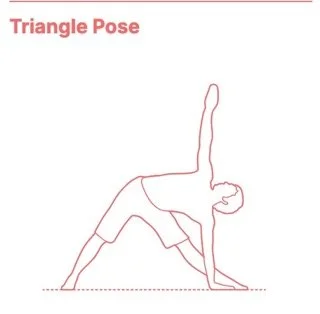Skilful means
‘Skilful means’ is a theme on this site, but what do I mean by this?
To a greater or lesser extent, depending on context, it has a number of aspects described under the following labels: technical mastery, receptivity and artistic flow. The three are to be understood as co-dependent.
Technical mastery
This aspect is perhaps the most obvious one when thinking about the phrase ‘skilful means’. There is a technical side to most endeavours. For example, tying a fly in order to successfully attract wild trout requires a combination of knowledge and dexterity. The knowledge required would include the right size of fly, how it would ‘swim’ or float, the attractants built into the design of the fly, the properties of the various threads and feathers in water, trout behaviour, entomology, the weather, the use of fly-tying tools and so on. The need for dexterity speaks for itself. Finally, less is better than more. A sparseness is required.
A clyde style wetfly from my tying bench
Having tied the fly, further technical mastery is required if the fly is to be presented and fished properly. The choice of casting technique given the wind conditions, keeping a low profile against a sunlit sky, moving slowly and quietly, knowing where the start and end of a swim are, maintaining a drag-free drift for the fly, recognising ‘fishy places’, and so on.
Of course, this is why it takes years to be a good fly angler.
Receptivity
The best kind of learning comes about through the interplay between two forces, if I can put it that way.
Firstly one has to shut down one’s noisy ego. Learning requires a commitment to receptivity, and this depends on having a state of emptiness. Simone Weil had much to say about this topic. Learning requires a form of waiting, of suspending one's own preferences and desires in order to be fully open to something that is currently beyond oneself.
Secondly, a degree of experimentation and risk taking allows one to explore the space around the thing being learned.
Let’s take the example of Hatha Yoga. At the start of a posture (asana), it’s a good idea to feel or hear the movement of air through your nostrils or become conscious of the fall and rise of your abdomen as part of your breathing. We then just wait. An opening for the start of the posture unfolds. And we begin. We are receptive to the posture. We might think we are moving into the posture, but it would also be correct to say that the posture moves us.
At some point in the posture, one works at ones edges, being very conscious of one’s own limitations. We might then choose to breathe differently, or to engage a muscle in a different way, or to place our minds into an area that doesn’t seem to be engaged. We search for a new balance. Even if we have gone off-piste, as it were, against a ‘text-book way’ of doing it as long as it’s safe to do so.
It’s through the combination of receptivity and experimentation that we learn more about the posture and ourselves. Compliance in a mechanical way, (as I have seen in many yoga classes), doesn’t really help. It’s like rote-learning.
Artistic flow
Finally artistic flow.
As a Biology student back in the 1970’s at the University of Sussex I saw a poster on a wall about the Japanese Tea Ceremony. It advertised a free demonstration in London by Michael Birch.
Michael Birch was recognized as the sole British Tea Master in the Japanese tea ceremony in the Ura Senke tradition. I don’t know whether Michael Birch is still alive - there is very little on the web about him, except reference to his ‘An Anthology of the Seasonal Feeling in Chanoyu’.
I travelled up to London and, if my memory is correct, the demonstration was at his house.
It had a life-long powerful effect on me that is difficult to describe. The effect stemmed from the tranquillity of the setting, the precision and economy of his movements, the sound of the whisking of the tea and the humming of the kettle over the coals.
Michael Birch wasn’t just giving a demonstration. He was immersed in an artistic flow.
Skilful means
Doing something with ‘skilful means’ brings together these three modalities: technical mastery, receptivity, and artistic flow.
There was something more that came from a short talk given by Michael Birch after his demonstration. It consists in learning to engage with situations and people and objects in such ways that the mind does not exclusively get taken in by them. There is always some reserve, a sense of detachment.
I often think about that demonstration and have often tried to cultivate what I took away from it in other aspects of my life.

